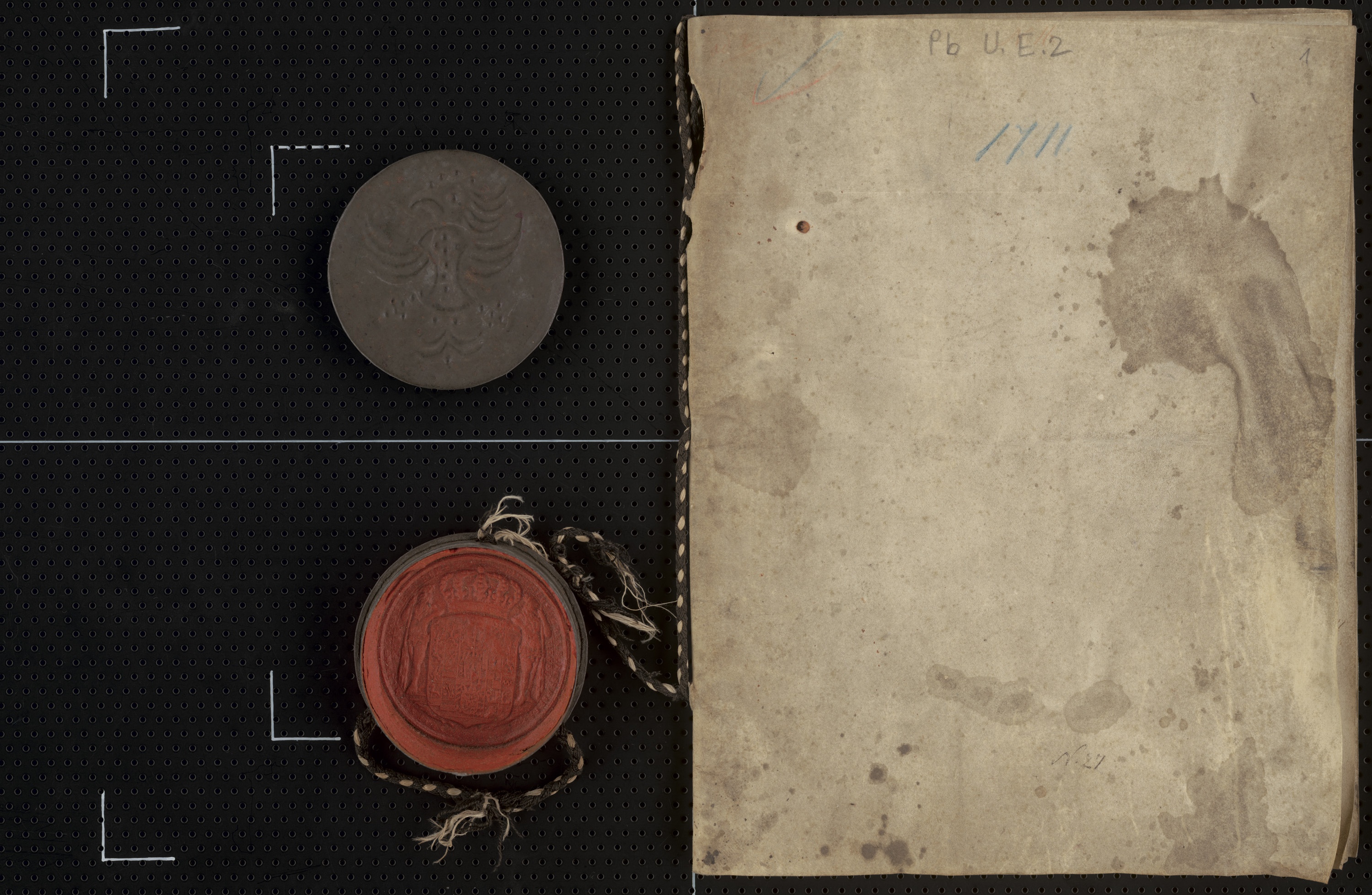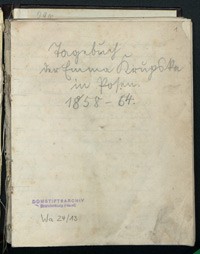Konsens Friedrich I. über 1.000 Taler, die die Brüder Hans Balthasar und George Albrecht von Wartenberg zur Reluition [Wiedereinlösung] des Gutes Rosenhagen von Margarethe Rost („Rohsten“), Witwe des Hofrats Joachim Schnobel, zu 5 % Zinsen geliehen haben. Die dazugehörige [nicht erhaltene] Schuldverschreibung (Obligation) wurde am 4. April 1710 in Perleberg ausgestellt. Die Lehnskanzlei bestätigt die hypothekarische Verschreibung der Güter der Familie von Wartenberg für 20 Jahre. Unterzeichnet von M[arquard] L[udwig] von Printzen und dem „LehnSecretarius“ Johan[n] Bergius. [Gehört zum Kapital der Stiftung der Margarethe Rost von 1710 Juli 13]. (24.02.1711)
Druck: Ungedruckt.
Regest: Ratig S. 13.
en

